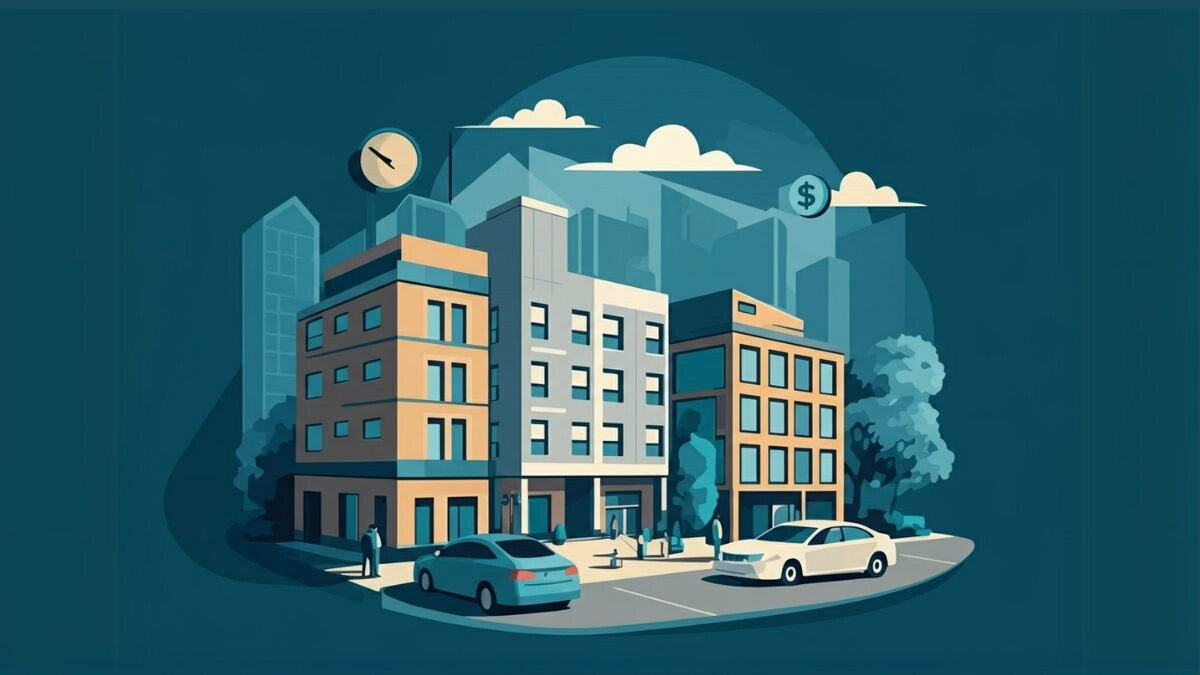20 May 2021 | Industry Insights
The carbon footprint of websites

The carbon footprint of websites
Did you know that Netflix claims that one hour of streaming on its platform in 2020 used less than 100gCO2e – that’s less than driving an average car a quarter of a mile. However, multiply that figure by the sheer amount of time most of us spend streaming shows around the world and you begin to see the impact it has on global carbon emissions.
That is the stark findings of a recent report that revealed that the digital sector’s estimated contribution to global emissions ranges from 1.4 per cent to 5.9 per cent of the global total. Naturally, we were shocked to learn of this considering the number of people who watch Netflix and other streaming platforms throughout the world on a day-to-day basis.
But how does it work? Every time an activity is performed online, a few grams of carbon dioxide are emitted because of the energy required to run our devices and power the networks we access. This got us thinking about the impact that all websites are having on our planet. We went away and did a little digging to find out how much CO2 our own website is emitting into the atmosphere.
We found that our homepage produces around 26kg of CO2 equivalent per year. That is enough electricity to drive an electric car 358km or boiling enough water for 3,596 cups of tea. Emissions from websites are unavoidable in the digital world we live in, however, there are ways to offset this meaning you can still reduce your impact on the planet. After finding out the carbon footprint of our website we decided to act, planting enough trees to offset the emissions of our website for four years. We are also exploring a plethora of avenues to further offset and operate as sustainably as possible.
Whether it be the carbon footprint of websites or the built environment, without being prompted or without access to the data, we cannot manage what we cannot measure.
It is incredibly difficult to truly measure a building’s greenhouse gas emissions without having the right technology in place such as a Twinview digital twin.
Twinview moves your building closer to Net Zero by unlocking data and using artificial intelligence to identify trends and opportunities. Book a demo today to find out how Twinview can help you reduce your building’s carbon footprint and operational costs whilst improving efficiency and occupier experience.
Source: https://www.wired.co.uk/article/netflix-carbon-footprint
Related insights

Industry Insights
Understanding Renters' Rights: How Digital Twins Improve Compliance and Property Management
The recent introduction of the Renters' Rights Bill in the UK aims to improve the relationship between tenants and landlords. As part of a broader effort to ensure fairer and more transparent living conditions, this bill ensures that rental properties meet specific standards, including affordability, maintenance, and habitability. Landlords and property managers now face new challenges in complying with evolving regulations. We explore how Digital Twins could support with these new compliance requirements.
Read more

Industry Insights
UK AI Investment Surge: Opportunities and Challenges for the Property Sector
The UK government's recent surge in AI investment promises to reshape numerous industries, and the property sector is no exception. By committing to driving AI development, the UK is positioning itself as a leader in technological innovation. Property professionals, from developers to facility managers, must understand AI's evolving landscape to capitalise on its opportunities and navigate its challenges. This article explores how the government's increased AI funding can impact the property sector, focusing on AI's potential benefits, obstacles, and real-world applications.
Read more

eBooks
The Value of Property Digital Twins in the NHS: Aligning with Government Policies and AI Requirements
The UK’s National Health Service (NHS), one of the world's largest publicly funded healthcare systems, manages a vast and complex estate, including over 1,200 hospitals, thousands of clinics, GP surgeries, and administrative buildings. Managing such an extensive estate efficiently is essential to delivering high-quality patient care, meeting sustainability targets, and ensuring the financial viability of the healthcare system. With increasing demand, financial constraints, and sustainability commitments such as the Net Zero NHS plan, there is a pressing need to optimise how NHS facilities are managed. One of the most promising innovations in this regard is the adoption of Property Digital Twins (PDTs) virtual replicas of physical assets that provide real-time data on building performance, environmental conditions, and operational efficiency. Learn how by embracing Property Digital Twins, the NHS can transform its approach to estate management, achieving significant cost savings, enhancing patient care, and contributing to national sustainability goals.
Read more

